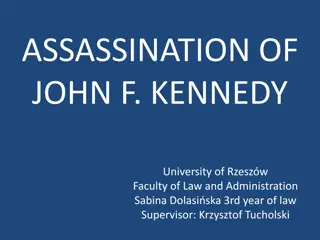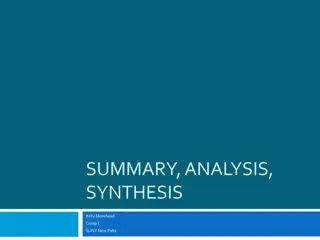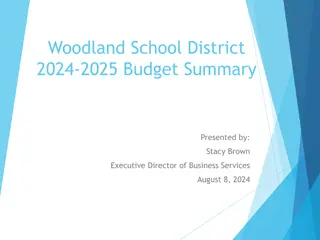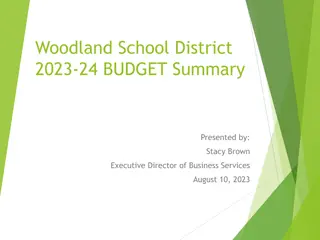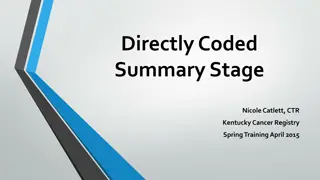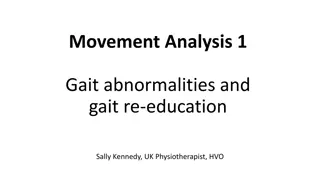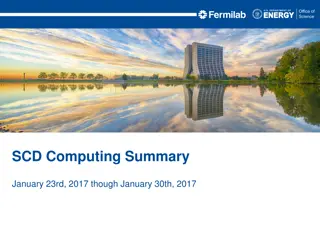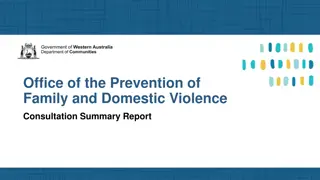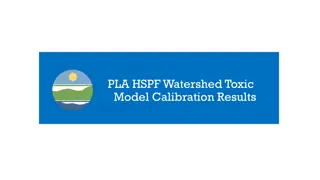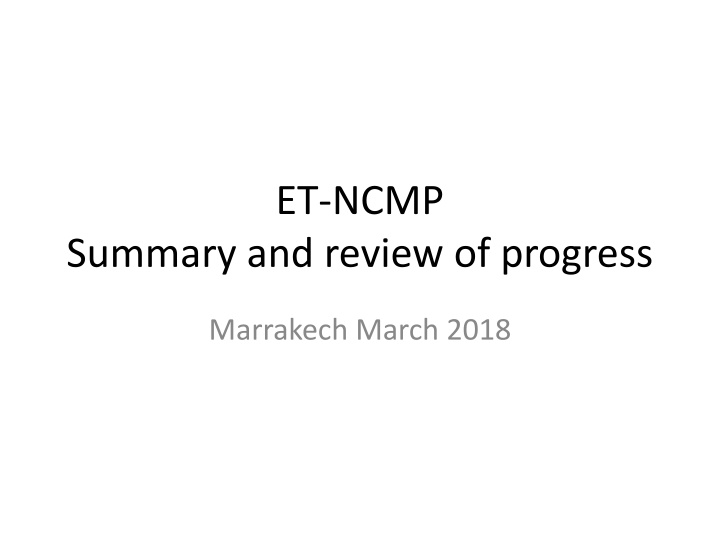
Progress Review and Development of National Climate Monitoring Products - Marrakech March 2018
Explore the progress and initiatives undertaken in Marrakech in March 2018 for the development and review of National Climate Monitoring Products (NCMPs), including specifications, software requirements, operational guidance, and collaboration efforts with relevant groups. Surveys, workshops, and discussions have been crucial in assessing existing capabilities and shaping the future direction of climate monitoring practices.
Download Presentation

Please find below an Image/Link to download the presentation.
The content on the website is provided AS IS for your information and personal use only. It may not be sold, licensed, or shared on other websites without obtaining consent from the author. If you encounter any issues during the download, it is possible that the publisher has removed the file from their server.
You are allowed to download the files provided on this website for personal or commercial use, subject to the condition that they are used lawfully. All files are the property of their respective owners.
The content on the website is provided AS IS for your information and personal use only. It may not be sold, licensed, or shared on other websites without obtaining consent from the author.
E N D


